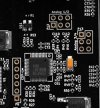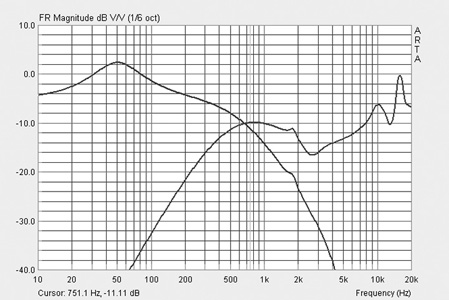Yes, it is very easy to translate. The LXmini uses LR2 high passes, LR2 low passes, high shelfs, low shelfs and peaking filters. All of these options exist in CamillaDSP and the response matches miniDSP exactly. I posted this in another thread but here is a comparison between miniDSP and CamillaDSP, they are identical. Note this is slightly different from the stock LXmini as I have subs and I reduced the high frequency peak at 15.8 kHz a bit.
View attachment 184073
You do need to be careful about DSP platforms, it seems particulary common to have different shelf filter definitions. I hesitate to call these differences pure audiophile nervosa as they can result in pretty significant deviation. For example the HifiBerry Beocreate has different shelf filter definitions and this results in a 1 dB response difference across a wide range, see below for the comparison.
View attachment 184076
As mentioned previously the Beocreate differences can be mitigated by using biquads for the shelf filters, see below.
View attachment 184077
Of course when in doubt measure!
Michael


